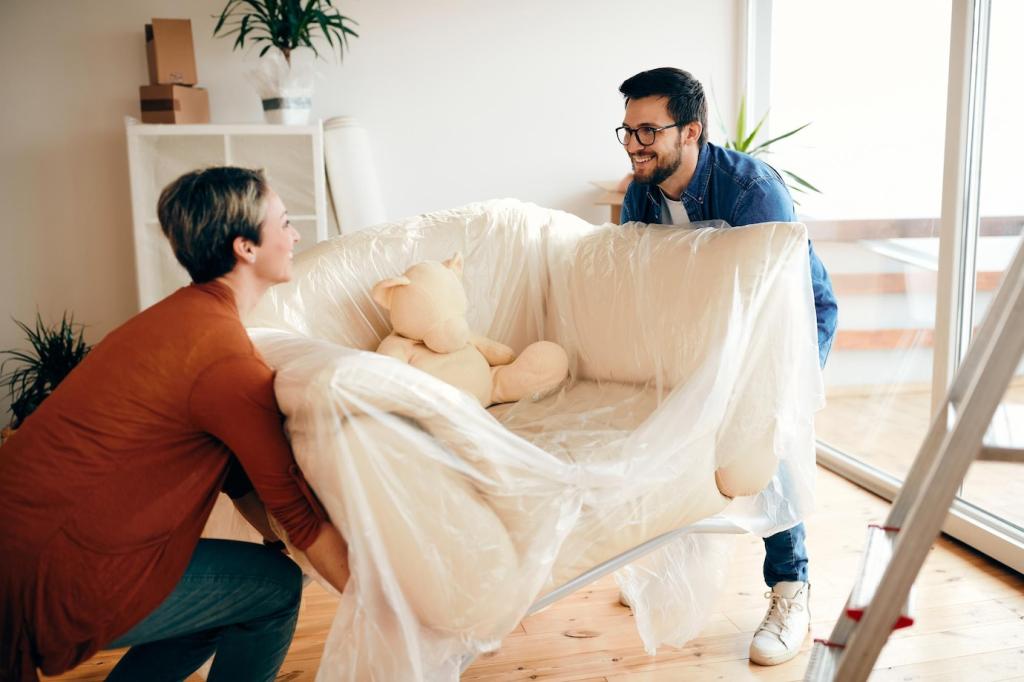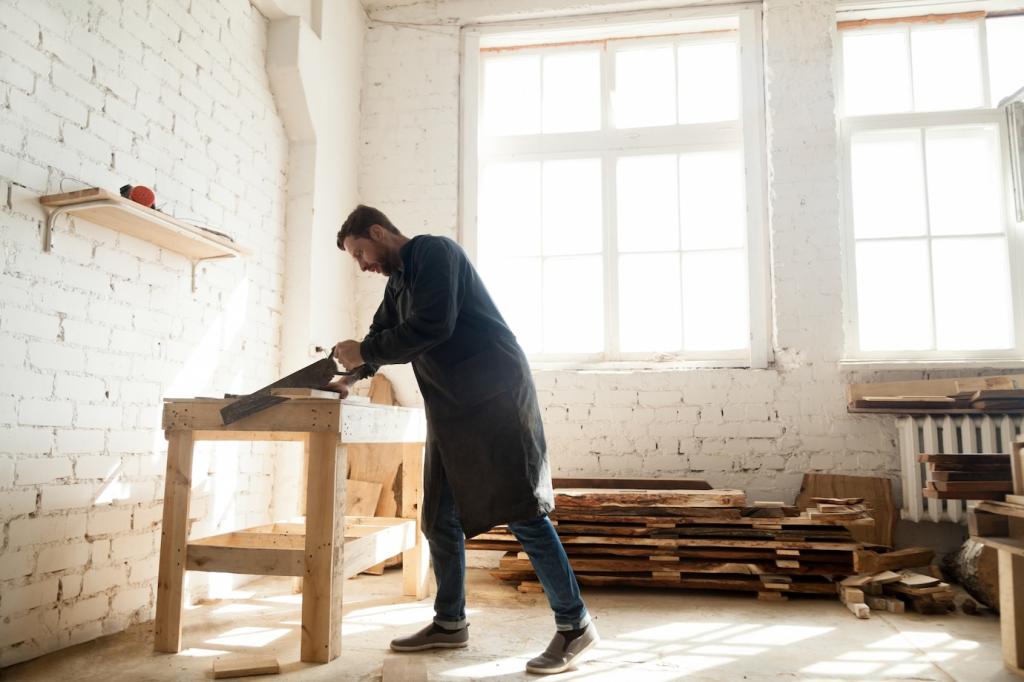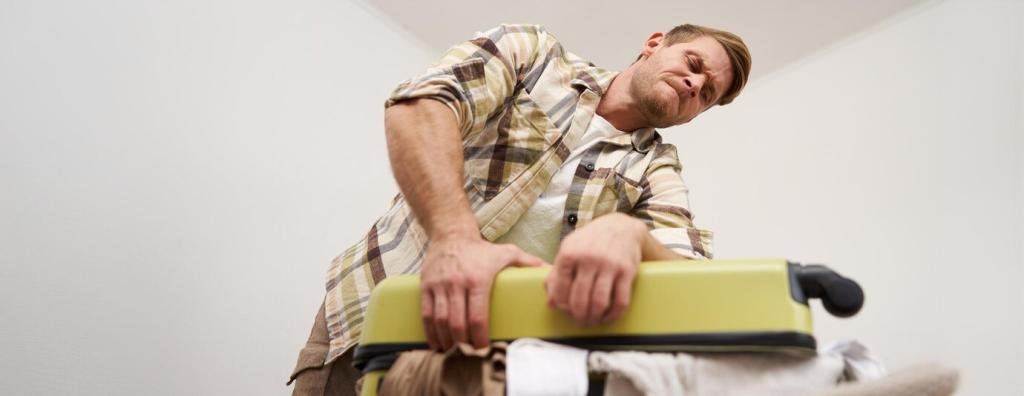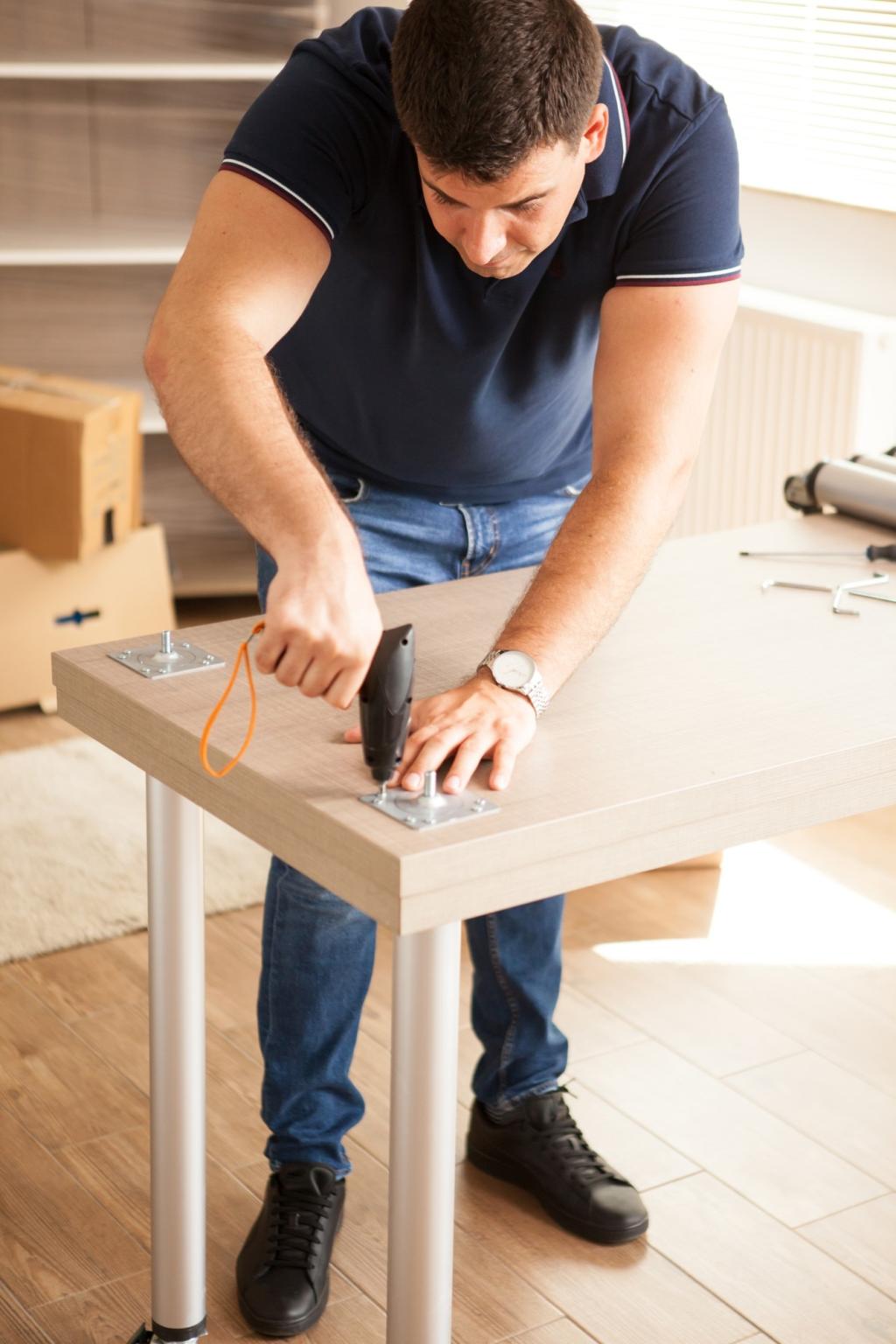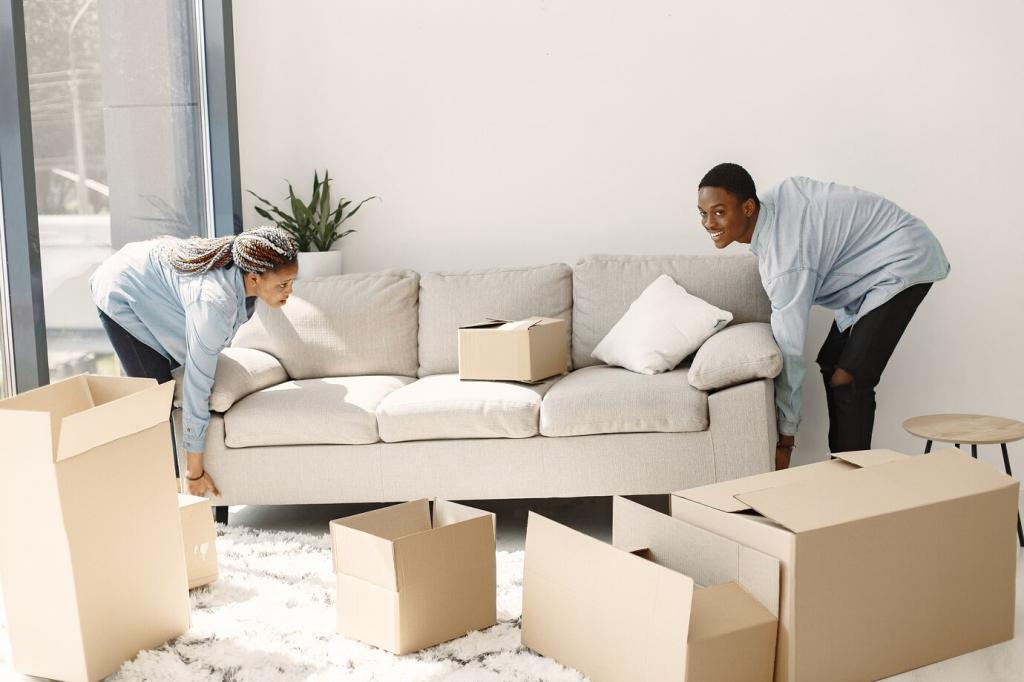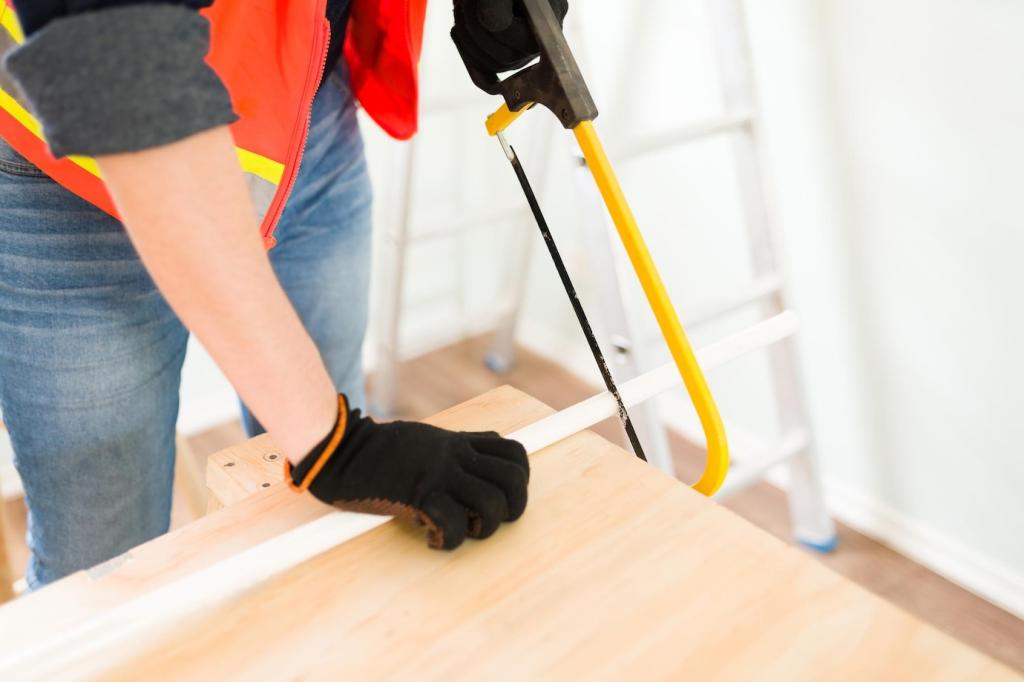Monitor, Maintain, and Document
Slip a color card half under a coaster or runner on a discreet spot. Photograph monthly in similar light, and compare. Simple records reveal trends early, letting you adjust curtains, films, and placement before your antiques lose character.
Monitor, Maintain, and Document
Dust attracts moisture and can abrade finishes in sunlit areas. Use a soft microfiber cloth along the grain, avoiding spray near delicate joints. Light, regular care keeps surfaces even, so any subtle change stands out quickly for action.

